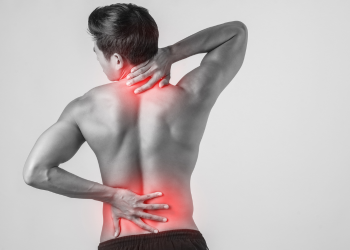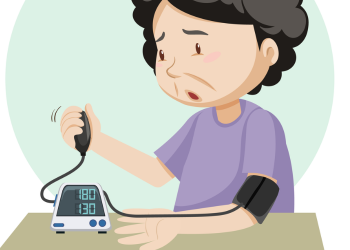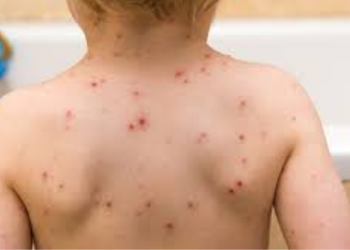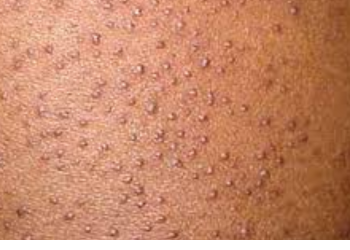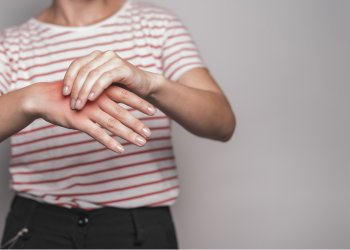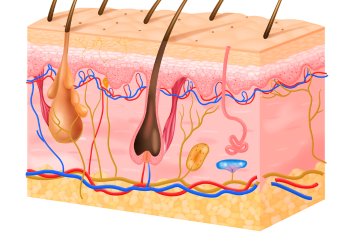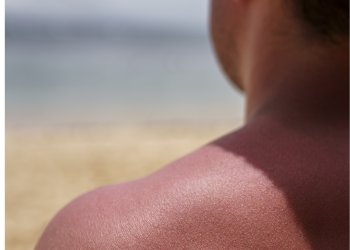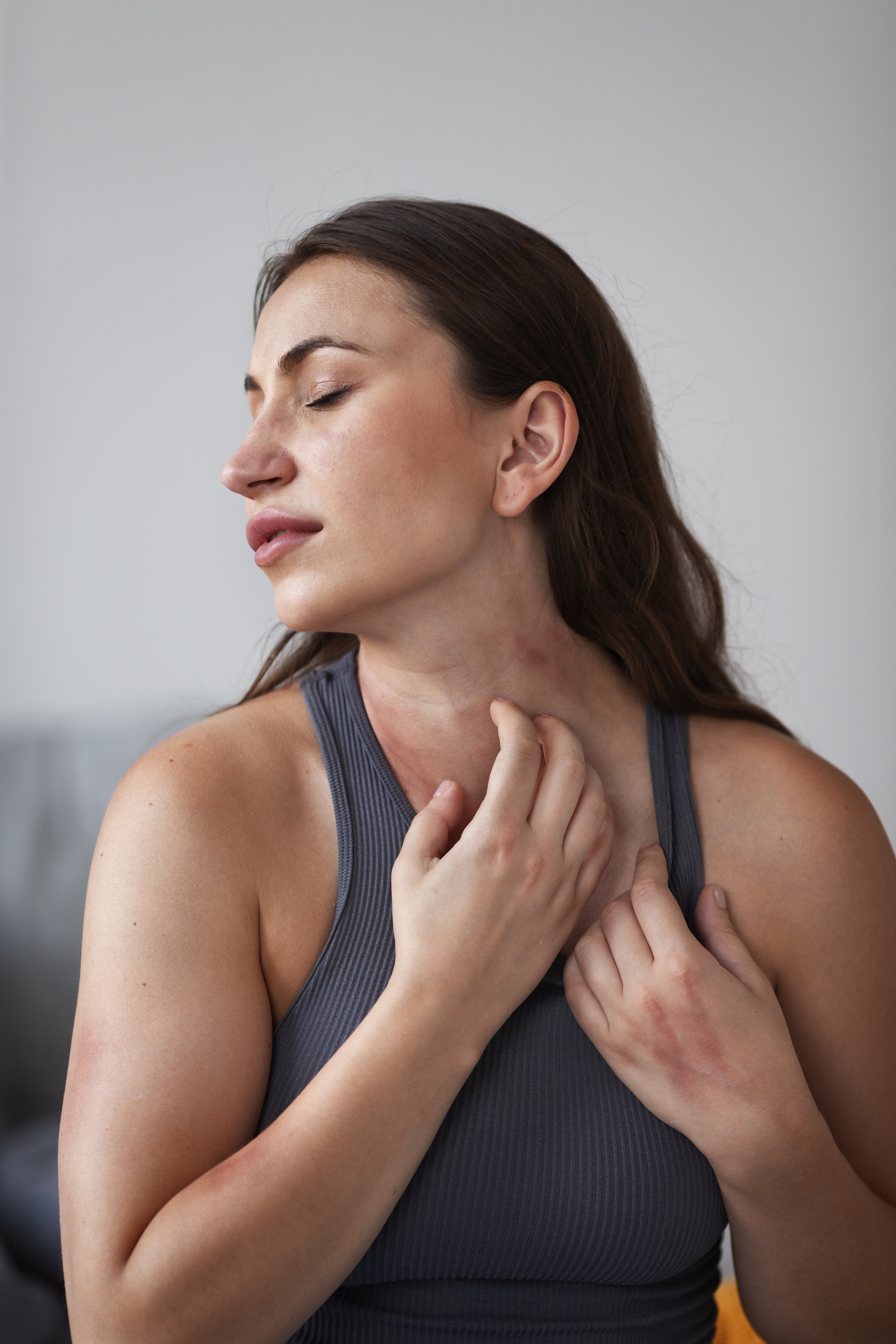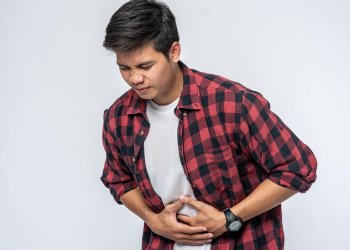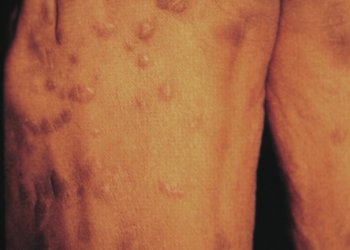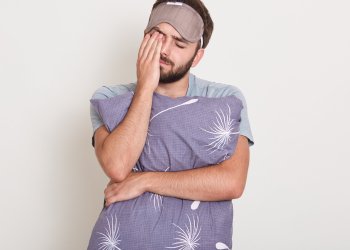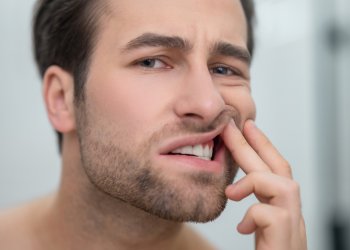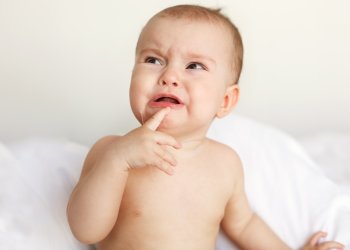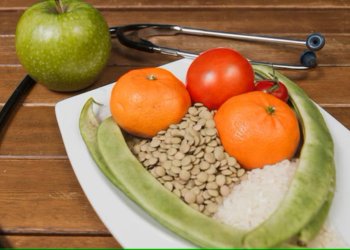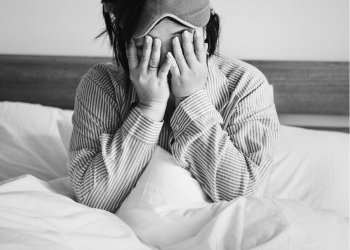
Golfer's elbow is a condition that causes
pain where the tendons of your forearm muscles attach to the bony bump on the
inside of your elbow. The pain might spread into your forearm and wrist. Homeopathic
treatment can cure, relieve the pain, and prevent recurrence.
Golfer's elbow is similar to tennis
elbow, which occurs on the outside of the elbow. It's not limited to golfers.
Tennis players and others who repeatedly use their wrists or clench their
fingers can also develop golfer's elbow.
The pain of golfer's elbow doesn't have
to keep you off the course or away from your favorite activities. Rest and
appropriate treatment can get you back into the swing of things.
Symptoms
Pain and tenderness. Usually on the inner side of the elbow.
Stiffness. The elbow may feel stiff, and making a fist might hurt.
Weakness in hands and wrists.
Numbness or tingling. These sensations might radiate into one or more fingers, usually the ring and little fingers.
The pain of golfer's elbow can come on suddenly or gradually. The pain
might worsen with certain movements, such as swinging a golf club.
Causes
Golfer's elbow, also known as medial epicondylitis, is caused by damage
to the muscles and tendons that control your wrist and fingers. The damage is
typically related to excess or repeated stress, especially forceful wrist and
finger motions. Improper lifting, throwing, or hitting, as well as too little
warmup or poor conditioning, can also contribute to golfer's elbow.
Besides golf, many activities and occupations can lead to golfer's
elbow, including:
Racket sports.
Throwing sports.
Weight training.
Forceful, repetitive occupational movements.
Risk factors
Age 40 or
older
Performing
repetitive activity at least two hours a day
Obese
A smoker
Prevention
Strengthen your forearm muscles. Use
light weights or squeeze a tennis ball. Even simple exercises can help your
muscles absorb the energy of sudden physical stress.
Stretch before your activity. Walk or
jog for a few minutes to warm up your muscles.
Fix your form. Whatever your sport, ask an instructor to
check your form to avoid overload on muscles.
Use the right equipment.
Lift properly. When lifting anything, including free weights,
keep your wrist rigid and stable to reduce the force on your elbow.
Know when to rest. Try not to overuse
your elbow. At the first sign of elbow pain, take a break
Diagnosis
Golfer's elbow is usually diagnosed based on your medical history and a
physical exam.
X-ray
MRI
Management
Rest. Put your golf game or other repetitive
activities on hold until the pain is gone.
Ice the affected area. Apply
ice packs to your elbow for 15 to 20 minutes at a time, three to four times a
day for several days.
Use a brace.
Stretch and strengthen the affected area.
FAQ s
Does golfers'
elbow go away on its own?
Golfer's elbow can be referred to as a self-limiting condition. This
means it can get better on its own over time in up to 80% of the people
with this condition.
Should I massage
golfers' elbows?
A massage technique called “transverse friction massage” is often
used to treat tennis elbow and golfer's elbow. It is applied to the tendons and
the muscles, using the tips of one or two fingers.
Can I lift
weights with golfers' elbows?
Avoid lifting heavy weights during your recovery from golfer's elbow.
Lifting weights with your palm facing upwards, in particular, should be avoided
until you are completely pain-free.
HOMEOPATHIC MEDICINES
RHUS TOX
SYMPHYTUM
ARNICA

